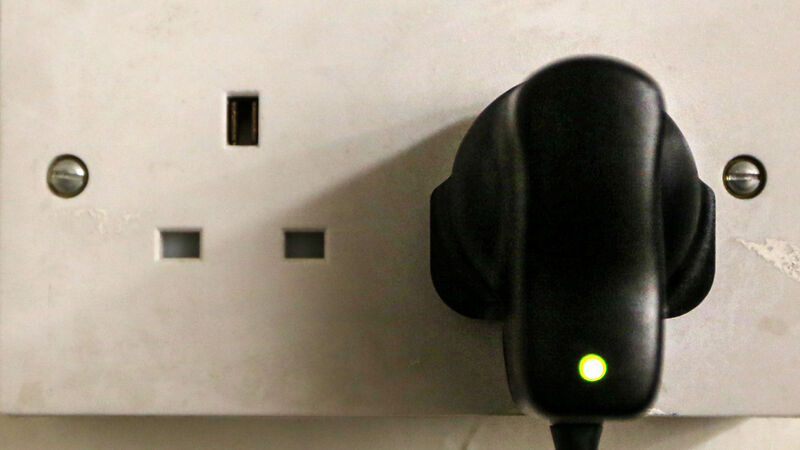Oliver Mangan: Many factors will shape inflation

Electricity prices are up 29%. Picture: Sam Boal/RollingNews.ie
There were plenty of good news stories on the Irish economic front in 2021, despite starting and finishing the year under a Covid-19 cloud and with restrictions on activity.
The economy rebounded much more strongly than anyone had anticipated, with both the labour force and employment showing robust growth and the jobless rate falling rapidly.
This all translated into a marked improvement in the public finances.
Tax receipts were up by 22% to the end of November, with the budget deficit falling sharply.
The big negative surprise last year, both in Ireland and elsewhere, was the surge in inflation.
Annual rates of inflation were expected to pick up from their subdued levels in 2020, but the extent of the rise last year caught everyone by surprise, including central banks.
The inflation rate has risen to close to 7% in the US, while in Europe inflation has picked up to 4.9% in the eurozone, 5.1% in the UK, and 5.3% in Ireland.
Much of the rise in inflation, though, is down to surging energy prices, especially in Europe.
The core rate of inflation in the eurozone, which excludes energy, has risen to just 2.6%.
In Ireland's case, the inflation rate — excluding energy — is running at 3.4%.
A detailed look at the composition of inflation in Ireland shows that prices remain subdued in most sectors.
Indeed, the annual rate of inflation is still running at less than 2% in all sectors, except transport, housing/utilities, hotels, and tobacco.
Food and alcohol prices are up by less than 1%, with many services — health, education, and personal — seeing prices rising by less than 1% also.
Meanwhile, clothing, household goods, and restaurant prices are up by under 2%.
The reason for the high inflation is that where prices have risen, they have increased substantially.
Electricity, gas, and home-heating oil prices are up 29%, air fares 65%, motor fuel 28%, car prices 9%, hotels 22%, cigarettes 7.5%, and rents 8%.
It is the very sharp increases in these price categories that has caused inflation to surge to such a high level.
The factors include a big jump in oil and gas prices globally, the supply disruptions and shortages impacting some sectors, such as the motor and housing industries; tax hikes, as well as a rebound in prices that fell sharply in 2020, such as hotels, rents, and air fares.
It is most unlikely that prices in the above categories will continue to rise at such a rapid pace this year.
Thus, the key question on inflation for 2022 is whether or not there is a more generalised marked rise in prices.
In other words, will higher energy and other costs be passed on to customers, causing a broader rise in prices across the economy?
In addition, could there be a marked acceleration in wage inflation in the context of a tightening of labour markets and a shortage of workers in some sectors which also feeds through into higher consumer prices.
The jury is still out on this, although central banks are becoming worried that inflation is proving stronger and more persistent than had been expected.
Energy prices should also be watched closely.
Oil prices temporarily fell back in the closing weeks of 2021, which would be a positive trend if sustained in 2022, and other commodity prices, like gas, declined also.
This could help offset price rises elsewhere in the economy.
There are many factors at work, then, that will shape inflation in 2022.
- Oliver Mangan is chief economist at AIB






